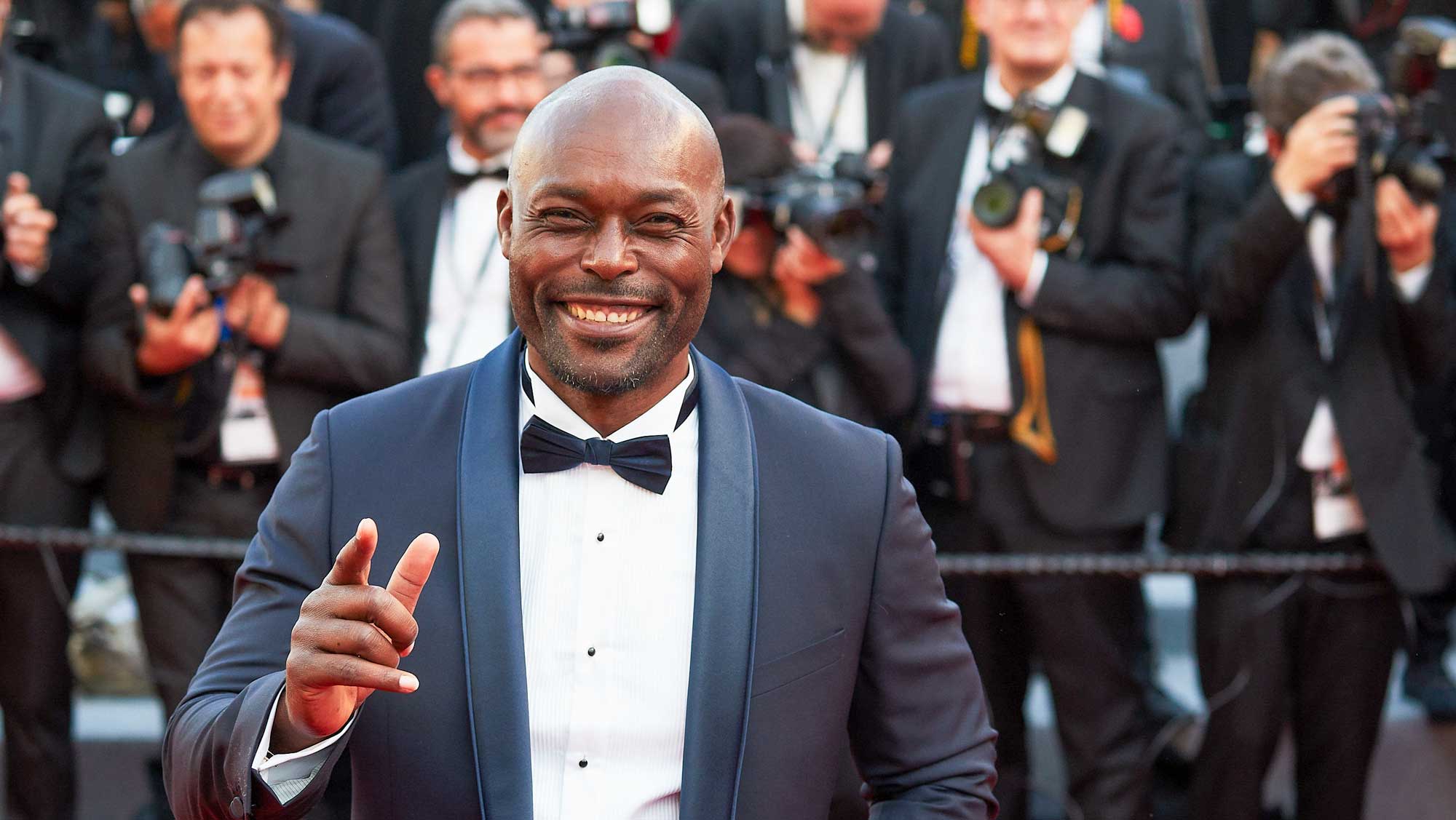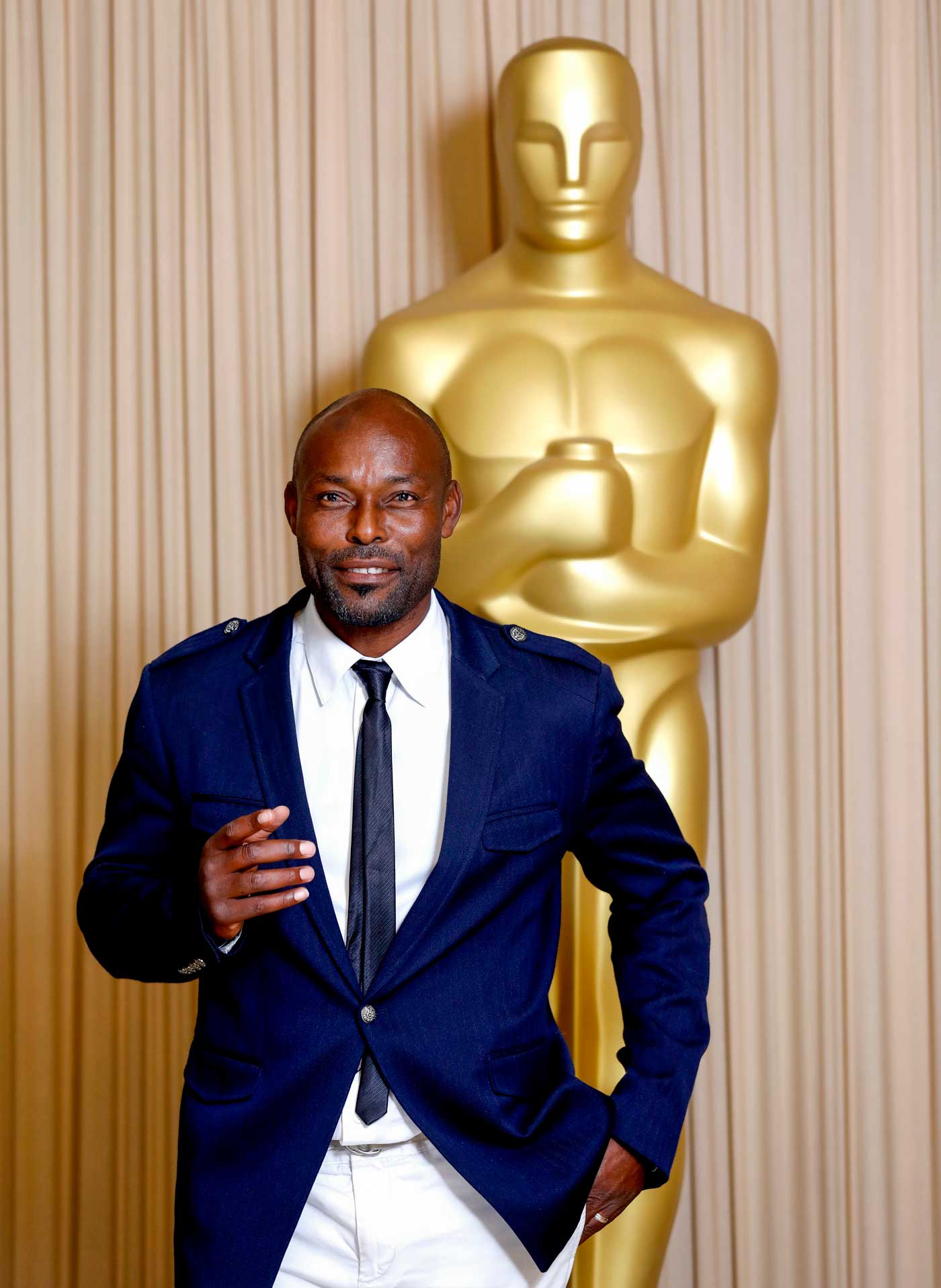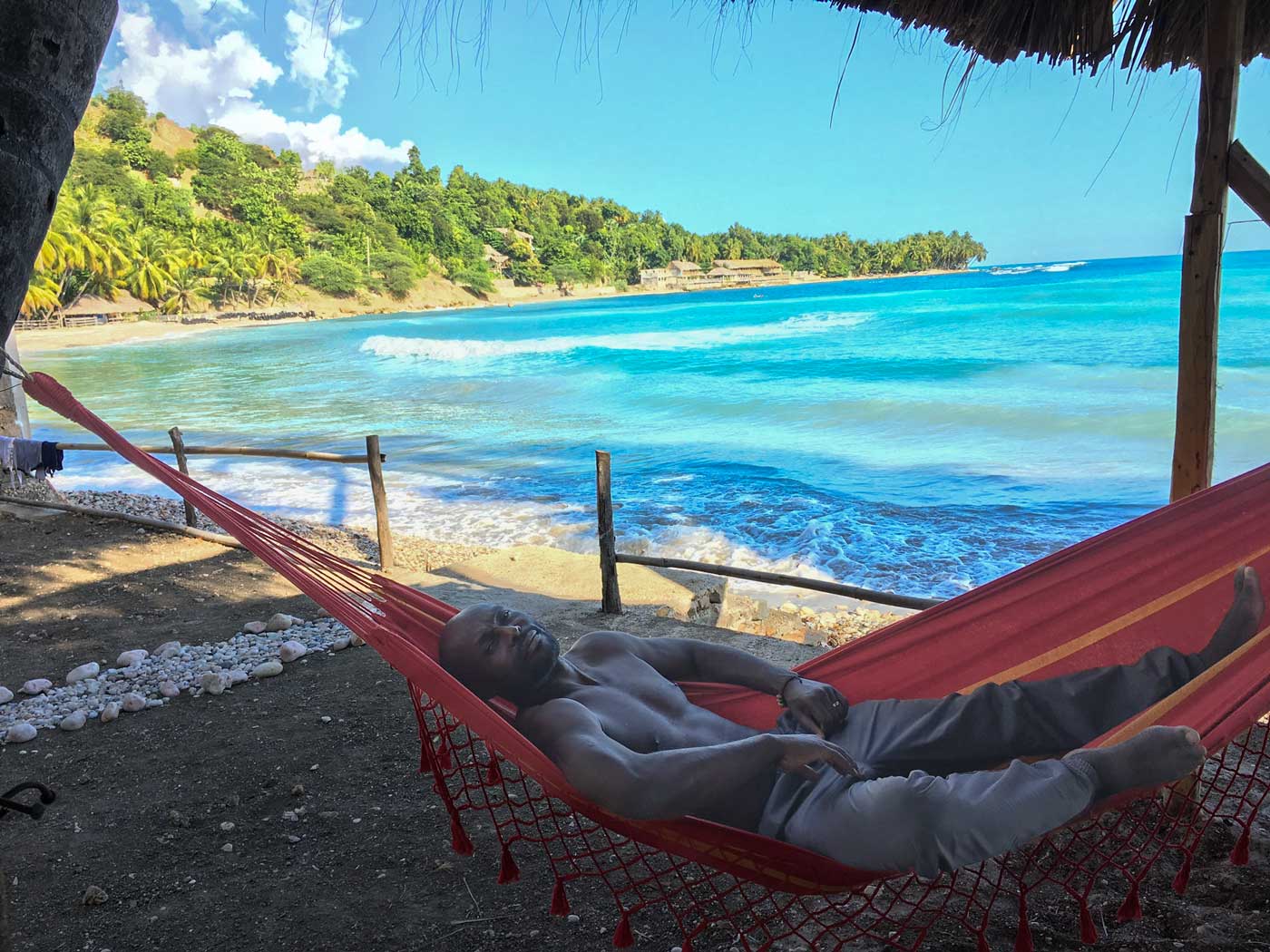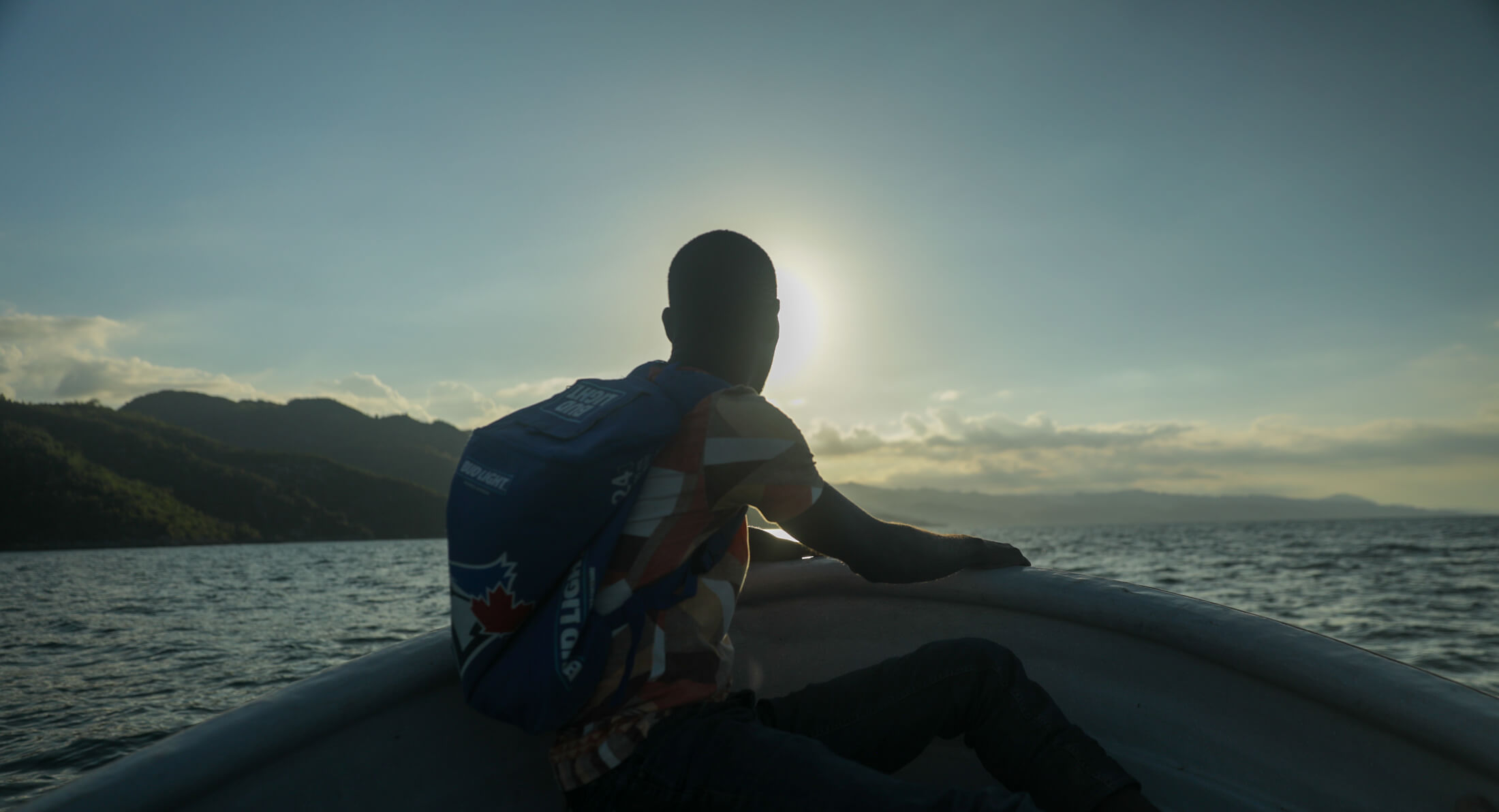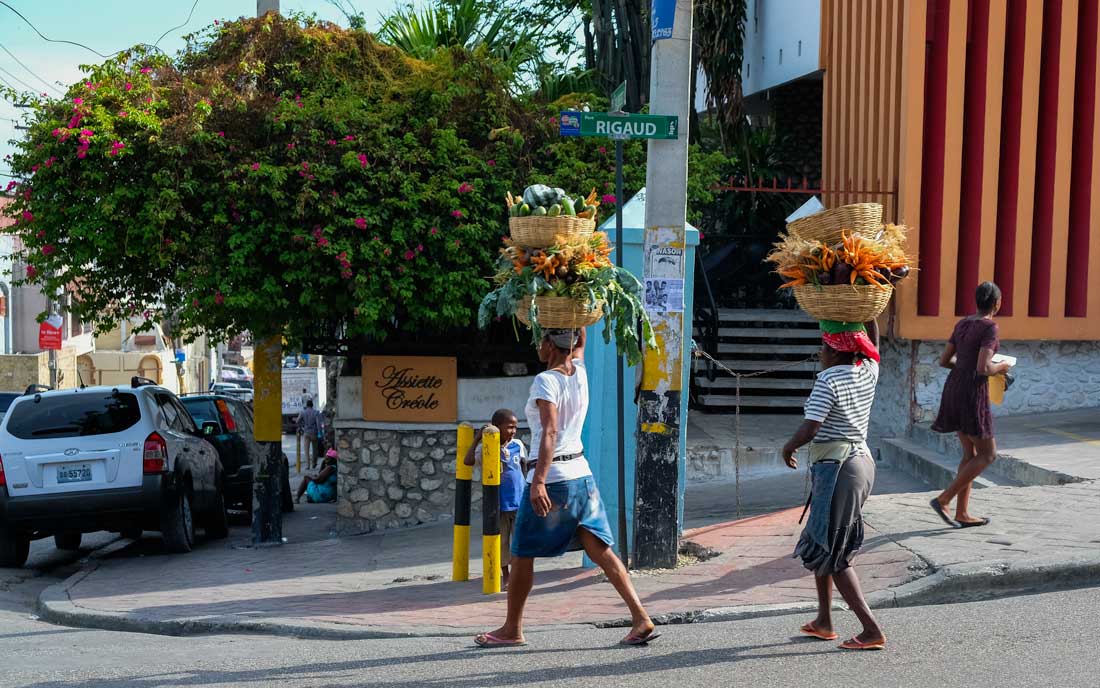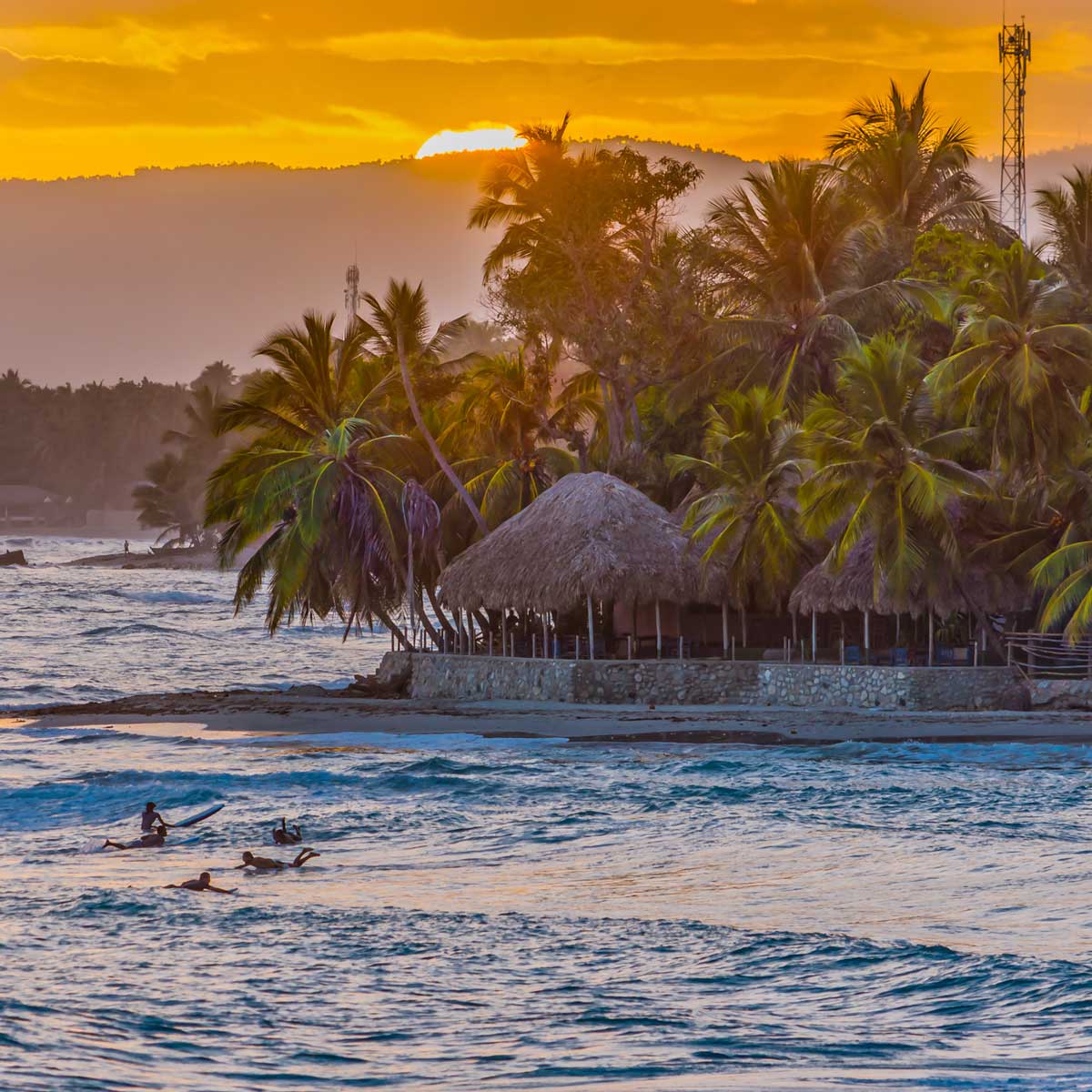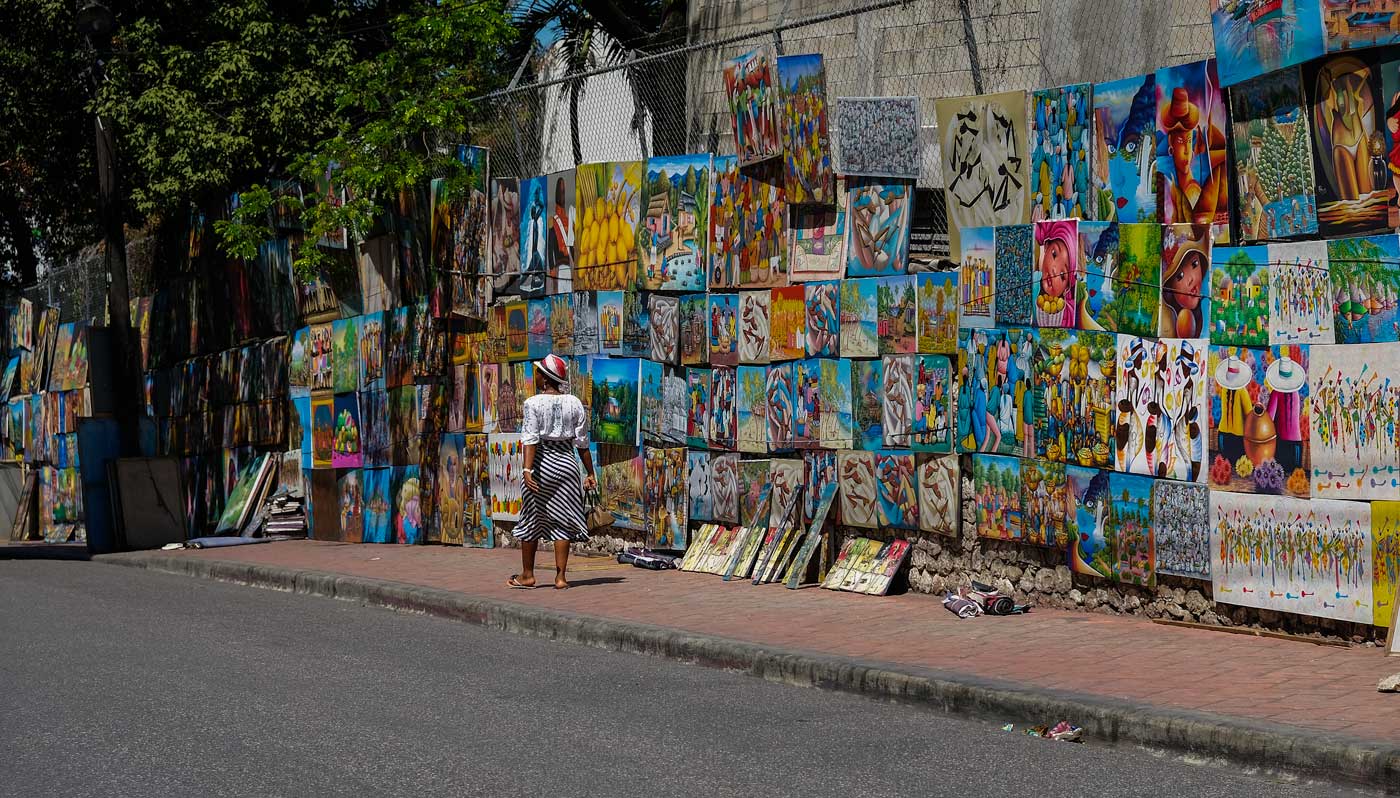
Photo: Franck Fontain
Seven Haitian Artists to Follow on Instagram
Discover the unique artistry emerging from the streets of Haiti and beyond. These are the seven hottest Haitian artists to follow on Instagram right now, according to renowned Haitian art curator Yvena Despagne.
Art X Ayiti co-founder Yvena Despagne created the @artxayiti insta account as a platform for emerging and under-represented Haitian contemporary artists. The account showcases works, exhibitions, stories and collaborations by artists of Haitian descent in Haiti and the diaspora, especially in New York. With Art X Ayiti’s help, we’ve rounded up seven unique Haitian artists for you to check out on Instagram.
Like what you see? Make sure you give @artxayiti a follow on Instagram.
1. Fabiola Jean-Louis
Fabiola Jean-Louis’ art experiments with objects and themes across Haitian folklore, history, and the pre- and post-industrial eras. Through photography, costume and paper sculpture, Jean-Louis explores the different presentations of identity and its connections to mundane objects. Her work has been described as “magical, moody, and mysterious”, and following her on Instagram feels like getting exclusive access to the process as well as the artist and her upcoming projects.
Genre: Paper Mache Sculptures/Photography
Location: Brooklyn, NY
Website: fabiolajeanlouis.com
2. SAMDI
Born and raised in Haiti, SAMDI is an abstract painter. His work evinces a wide-ranging inspiration, from Picasso to Basquiat. For SAMDI, every moment spent painting is transformed into an experience of self-discovery. The distinctiveness of his paintings lies in a looseness of form that is nonetheless expressive.
Genre: Abstract Painter
IG: @samdiatisla
Location: Port-au-Prince, Haiti
3. Vanessa Charlot
Vanessa Charlot threads the needle between activism and art. As a documentary photographer, Charlot has made it a goal to capture the essential and often overlooked nature of the human experience. She primarily shoots in black and white. The uniqueness of her work emanates from a raw representation of the unseen and the unsaid. She describes her work as focusing on economic issues, gender and sexual expression and the intersectionality of spirituality. Indeed, Vanessa’s work is an extension of the humanity of her subjects, alongside their complexities. Follow her on Instagram to get a glimpse at her politically-charged work.
Genre: Photography
IG: @vanessa.charlot
Location: St. Louis, MS
Website : vanessacharlot.com
4. Naderson Saint-Pierre
Naderson Saint-Pierre paints colorful, compelling, black portraiture. While he describes himself as a self-taught artist, his work is a testament to his incredible raw skill and precise technique. Often autobiographical and rich in narrative, his portraits highlight and celebrate an image of black identity, with odes to pioneers in the art world while carving out a style that is uniquely Saint-Pierre’s own.
Genre: Photography
IG: @oursols
Location: Miami, FL
5. Pierre Jean-Baptiste
Pierre Jean-Baptiste is a painter and print designer based in Flatbush, Brooklyn, NY. Fans of George Condo might recognise an influence here, but Jean-Baptiste’s portraits are not just of individual figures, but portraits of people in particular places and times – neighborhoods, bus commutes, barber shops. Jean-Baptiste is inspired by the surroundings of his upbringing and brings in different flavors of Brooklyn, particularly Flatbush, into his work. Jean-Baptiste searches to merge his identity and artistry and have them occupy a particular space in today’s world, transmitting an unflinching vision of modern life with Haitian color and style.
Genre: Abstract/ Mix-Media
IG: @pstudios_
Location: Brooklyn, NY
6. Alexandra Antoine
Chicago-based mixed-media artist Alexandra Antoine is born and raised in Leogane, Haiti. Her collages are playful and textural, layered with cultural symbols and subtle storytelling. Through her art, she studies the African diaspora at large while pulling from her own Haitian identity. Moving between painting, photography, collage, sculpture and mixes of all four, Antoine deftly wields paint, glue and craft scissors to tell deep stories related to culture, identity and spirituality.
Genre: Collage
Location: Chicago, IL
Website: alexandraantoine.com
7. Olivier Vilaire (Oski)
Olivier “Oski” Vilaire is an abstract painter and sculptor, born and raised in Haiti before moving to Montreal, where his work is maturing – and gaining recognition in the local art scene. On Instagram, Oski writes that one of his latest series was inspired by American photographer Daniel Gordon. To speak about diversity in the Montreal art scene is to take Oski’s work and place it front and center in the conversation. Oski’s Haitian identity continues to pierce through his art, though more in form and approach than in subject. His subject is often the landscapes of urban Montreal – stylized street maps of migration and integration, inviting the viewer to place themself and consider the concepts of movement and home.
Genre: Abstract Painting/ Sculptures
IG: @oski.awoyo
Location: Montreal, Canada
Get to Know Haiti a Little Better

Paradise for your inbox
Your monthly ticket to Haiti awaits! Get first-hand travel tips, the latest news, and inspiring stories delivered straight to your inbox—no spam, just paradise.







